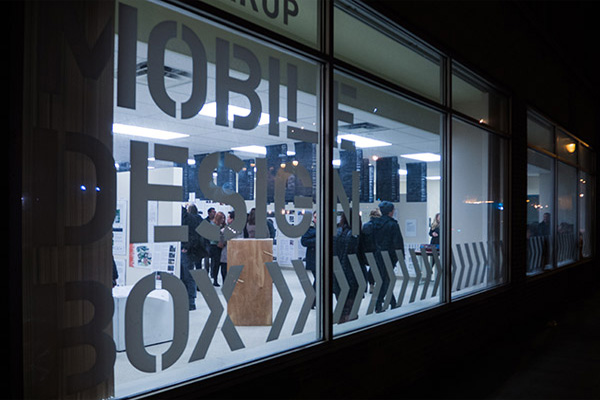MDB Activities
Exhibition & Event Overview
The Mobile Design Box is a partnership between the SARUP, local developers, neighborhood advocates, cultural institutions, artists, and community stakeholders to activate a vacant storefront space into a community asset. The goal is to showcase various programming and demonstrate the viability of and opportunity for a business moving into the space.
The 2017 spring exhibits featured design work from the studio, Manifesto for Cinematic Architecture, led by Associate Professor Jasmine Benyamin; an exhibition “Together We Can” from Future Milwaukee curated by Ali Kopyt; Place Acts exhibition curated by Associate Professor Arijit Sen; and the work of artist Muneer Bahauddeen and his students from the Express Yourself Milwaukee Program.
Little Details, focuses a small study of the typically overlooked : Encaustic Artist Michael Westcott exhibits new work in wax. “Little Details” focus on the minute and the unseen in architectural spaces. Small works in wax encaustic. Sharing the Mobile Design Box gallery was UWM SARUP alumna Sarah Traver exhibiting innovations in food systems and alumnus Billy Mikich’s studies of a new typology for Near West Side schools, as well as neighborhood resident artists represented by Central City Churches.
The Mobile Design Box is supported by Quorum Architects, Near West Side Partners, Wiegand Enterprises, HARKdc and UWM SARUP.
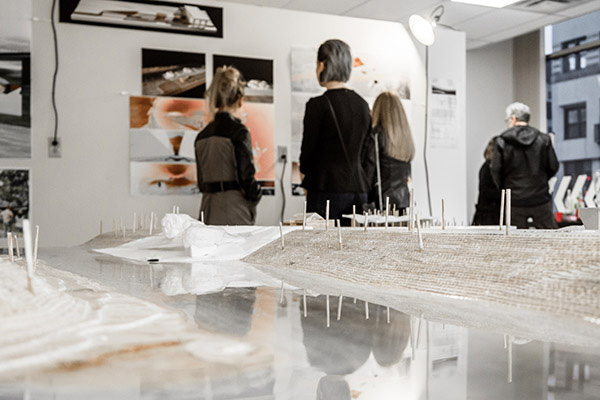
(towards a) Cinematic Architecture
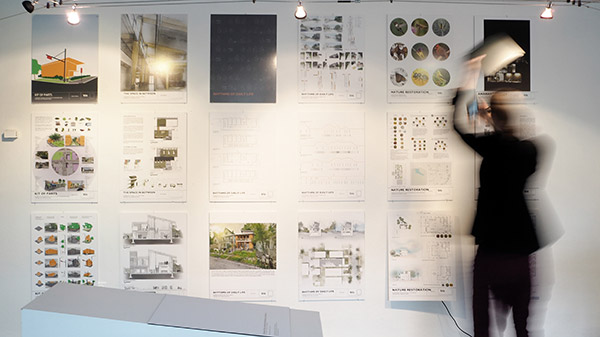
Place Acts was an exhibit that suggested a way to see, interpret and transform the world around us. This project grew out of lessons learned from 20 years of research, teaching and community engagement. The message was simple: Architecture is not a product, not just a form, and not a singular creative act of some endowed designer. This exhibit urged us to see our environment as dynamic and perspectival; a contingent and emergent process. It challenged the notion that buildings and landscapes generate a sense of permanence and stability of meaning because of their corporeal and material presence in the world around us. The exhibit, Place Acts, argued for a world that can be limited not only by physical borders but also by much less explicit temporal and socially constructed boundaries.
Place acts focus on embodiment—that is, on the mutually constitutive relationship between place, activities and the human body—underscoring the notion that a physical environment cannot exist without the human inhabitants who experience it in their everyday lives, and its meaning is dependent upon the larger political and economic contexts within which these individuals operate in any specific location. The dynamism of placemaking has been and remains most evident in urban public spaces and urban neighborhoods where the greatest numbers of people are exposed to spatial change. Place is always a process fraught with political, ideological, economic, and symbolic conflicts—but only because of the people who are engaged in it. By foregrounding the political possibilities of place, we hope to illuminate both its emancipatory and its oppressive possibilities. We see “place” as an active agent that can transform everyday practices and precipitate equitable social change.
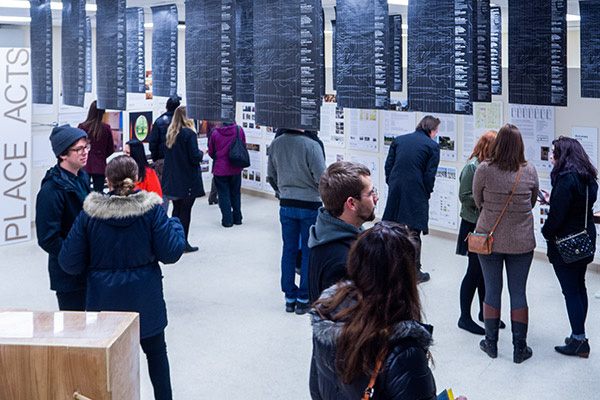
Arijit Sen, Associate Professor
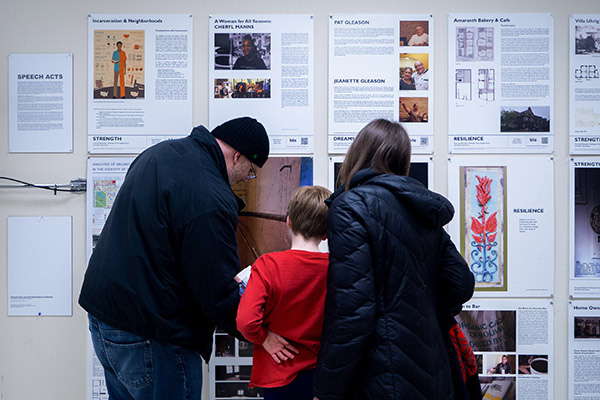
Towards a Cinematic Architecture exhibit reflected the range of methods explored in the studio—scaled models and drawings, but also conceptual artifacts and films. https://uwm.edu/sarup/mobile-design-box-architecturalfilm/ The studio interrogated the question how do architectural and film space collide? Can design adopt a film-based methodology to interrogate new ways in which bodies engage in an ongoing dialog with space and time? In his Manifesto for Cinematic Architecture, architect Pascal Schöning states: “Cinematic architecture confronts the stable with the temporal. It aims to dissolve or expose the concept of a static material world through a buzz of constant change…(it) is a form of physical dialogue.” The studio asked how and in what ways architecture could be communicated, conceived, understood, and presented as a narrative (i.e., a story about a building). Students engaged media practices at varying scales and modalities alongside the deployment of specifically temporal/ spatial filmic operations. A series of exercises centered simultaneously on close readings of key theoretical texts and cinematic strategies of shot/counter shot/track/pan that had as their target the rich terrain that binds film and architecture discourse.
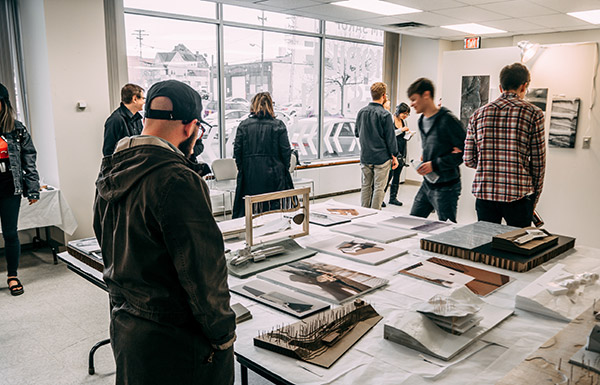
Jasmine Benyamin, Associate Professor
